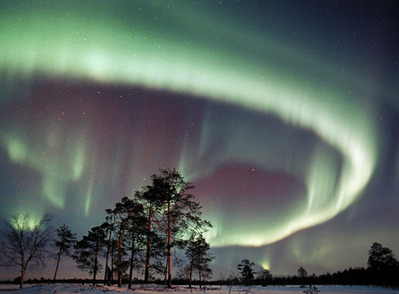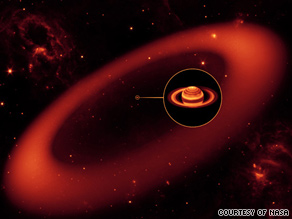Watching Space
Watching the skies is just part of the day, and night for some people. I am one of them. The first thing I do every morning is go outside and look up at the sky. The last thing I do before going to bed, each night, is to watch the sky for awhile. Sometimes, I even lay in bed and just look up through the window until it is morning. When I am not outside looking at the sky, often with a camera in my hand, I check in with my favorite websites to catch up on space weather and the new photos of sky watchers around the world.
The sky is always changing, revealing itself in glimpses. I think that is why I find it so fascinating. Space is a mystery we will never stop discovering and its interaction with our earth's atmosphere create some of the most spectacular sights we will ever witness.


